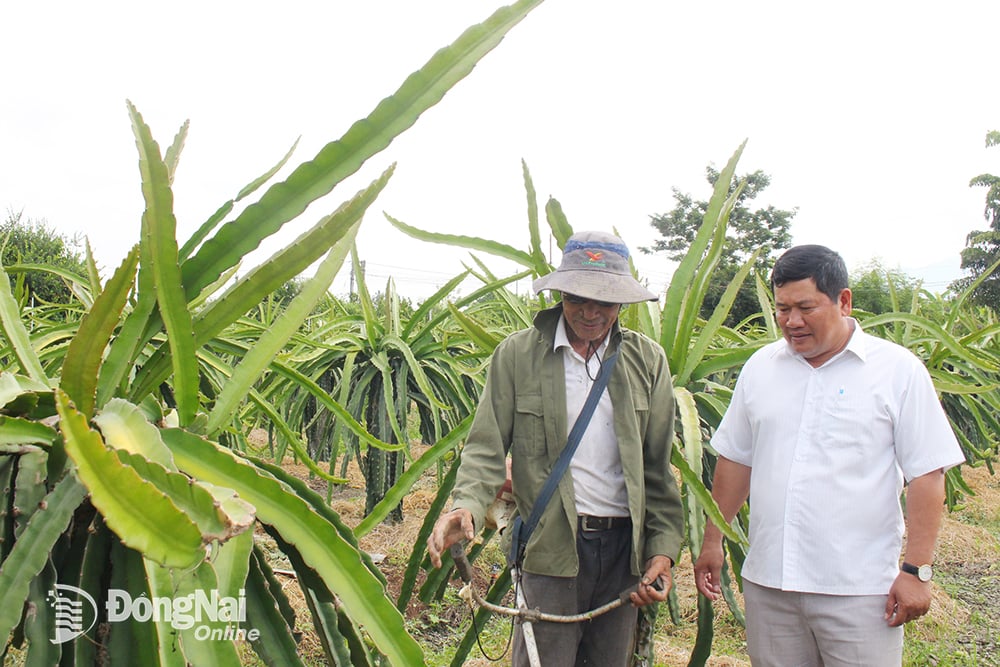 |
| Dragon fruit is grown by farmers in Bung Can hamlet, Bao Hoa commune on an area of over 50 hectares. Photo: D.Phu |
“Bung Can Hamlet is divided into two production areas: the high land of So Hill belongs to Group 1 and Group 13 with over 200 hectares specializing in growing perennial crops; and the low land of Bung Can with about 400 hectares belonging to groups from Group 2 to Group 12 specializes in growing flowers, fruit trees, and rice” - Party Cell Secretary and Head of Bung Can Hamlet Do Chi Vu said.
Warm Immigrant Love
Returning to Bung Can hamlet on the last sunny days of April 2025, the Cau Voi rural traffic route connecting Bung Can hamlet with National Highway 1, which was narrow and bumpy more than 14 years ago, is now spacious, airy and clean. More interestingly, on both sides of Cau Voi road, houses, service businesses and shops are located close together. While more than 14 years ago, we had to go a long way to see a roof looming in the vast gardens of rambutan, cashew and corn.
We had to ask the locals for directions to find the house of Mr. Nguyen Van Ba (96 years old, living in Bung Can hamlet), because his previous level 4 house had been replaced by a billion-dollar villa built in 2019, from savings after many successful harvests.
In 1989, Mr. Ba and his wife and 8 children (the youngest was 4 years old, the oldest was 25 years old) left Quang Ngai province to settle in Bung Can hamlet. The reason why Mr. Ba and his wife did not choose the high land area in So hill to settle but chose the low-lying area of Bung Can was because this place was convenient for reclaiming wasteland to grow rice and grow crops to meet the immediate need for food, along with the need for more land for production and cultivation.
Mr. Ba said that this area was a swamp with lots of wild water spinach, reeds, bamboo, and trees, so the process of converting it into fields, gardens, and ponds required a lot of effort. At the same time, although the Bung Can area was sparsely populated at that time, people from Xuan Dinh commune and other hamlets of Bao Hoa commune had come to reclaim the land for fields, gardens, and ponds from 1975 to 1985, taking up almost all the good land. Those who came later, like him and his wife, had to buy back the land from those who had cleared it before and thus reclaimed more land from the surrounding swamps, streams, etc.
According to Mr. Ba and his wife, whether they settled in the high land area of So Hill or the 400-hectare swamp area of Bung Can, the immigrants who came later (mainly from the Northern and Central provinces) were always supported and helped by those who came earlier, regardless of whether they were relatives, close friends, or from the same commune, district, or province.
Mr. Bui Huy Sinh (from Ha Nam province), Head of the Veterans Association of Bung Can hamlet, said that in 1990, when he came here to start a business, he was supported a lot by those who came before him, such as: giving him land near the road, building a roof, and instructing him on how to plant properly... Later, when he had stabilized his residence and life, he returned to help those who came after him as a way to repay the kindness he had received.
"Even though the fields, farms, and houses are hundreds of meters apart, sometimes we have to cross hills and streams, and there is no electricity or phone to contact, but as long as we know that our distant neighbors need help, we will go there to share and support them," Mr. Sinh confided.
Party Cell Secretary and Head of Bung Can Hamlet DO CHI VU said that Bung Can Hamlet currently has 532 households, divided into 13 residential groups. Bung Can Hamlet is not only prosperous and beautiful, but also a land of learning with over 700 children studying at colleges, universities and graduate schools. On average, each household has 1-2 children graduating from university.
Show off your new life
With diligence and strong hands, love of labor towards a full life, immigrants in Bung Can hamlet gradually conquered the Skull Hill, the wild low-lying Bung Can area into fields and gardens with all kinds of crops such as: rambutan, avocado, durian, guava, coffee, pepper and other crops... Notably, on the occasion of Tet 2008, Bung Can hamlet switched to planting dozens of hectares of flowers such as: lilies, chrysanthemums, longevity, cockscomb... making the countryside bright and colorful.
Chairman of the Farmers' Association of Bao Hoa Commune, Nguyen Duc Nuoc, said that after a period of introducing many flower varieties for experimental planting, by 2010, Bung Can land became the place with the largest flower growing area in Xuan Loc district and flowers in Bung Can not only contributed to the flower market during Tet, creating beauty for the countryside, but also created a "push" to promote the lives and income of flower farmers, increasing 7-10 times compared to growing rice, corn and beans.
During the period of 2009-2012, farmers in Bung Can hamlet formed a specialized flower growing area of nearly 100 hectares, not only serving the Tet holiday, but also regularly supplying wholesale markets in and outside the province. Now the flower growing area is only about 10 hectares, mainly focusing on the Tet flower crop. In other seasons, farmers in Bung Can hamlet focus on caring for and harvesting fruit trees such as rambutan, durian, grapefruit, dragon fruit... The average income of people in the hamlet reaches over 84 million VND/person/year, the land use value reaches over 250 million VND/hectare/year.
Along the new rural traffic routes in Bung Can hamlet are spacious and well-built houses. Party cell secretary and head of Bung Can hamlet Do Chi Vu said that since 2010, Bung Can hamlet has been given priority by the commune, district and province for investment in infrastructure such as roads, electricity, schools, cultural houses, internal irrigation works... with a budget of nearly 100 billion VND. Thanks to that, the people of Bung Can hamlet quickly solved the shortage of electricity, roads, schools, irrigation works... during the long time they settled and made a living in this land.
“Bao Hoa commune achieved the new rural commune standard in 2012, advanced new rural commune in 2018 and model new rural commune in 2023. The movement to build new rural areas, advanced new rural areas and model new rural areas in Bao Hoa commune has given more strength and aspiration to the people of Bung Can hamlet to strive to develop their family economy, and to be responsible for building a rich and beautiful locality with love,” said Mr. Do Chi Vu.
Diem Quynh
Source: https://baodongnai.com.vn/xa-hoi/202504/bung-can-bung-sang-3621188/






![[Photo] Launching ceremony and drawing of pairs for the "9th TIM CUP Highland Charity Football Tournament"](https://vphoto.vietnam.vn/thumb/1200x675/vietnam/resource/IMAGE/2025/5/31/a4c145af5d1e48c5b48c95116d41a73c)
![[Photo] Prime Minister Pham Minh Chinh attends the opening ceremony of the National Law Portal](https://vphoto.vietnam.vn/thumb/1200x675/vietnam/resource/IMAGE/2025/5/31/f02ed6288a4340bdb4adf1b2149b9614)




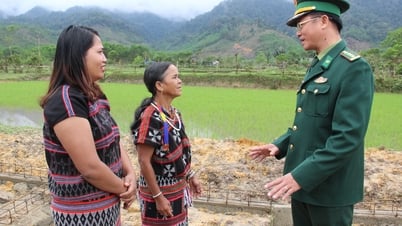



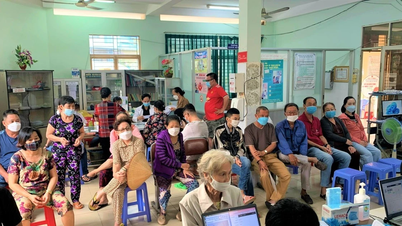










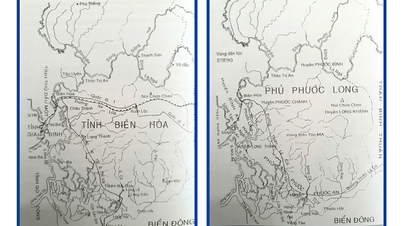
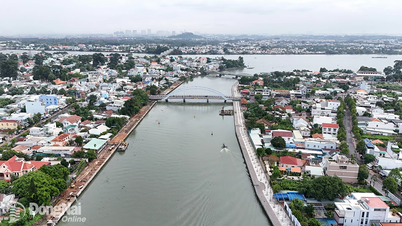
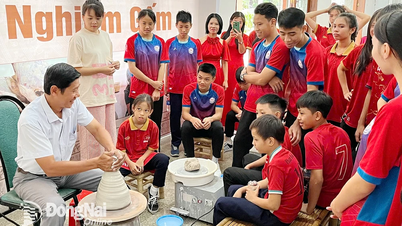

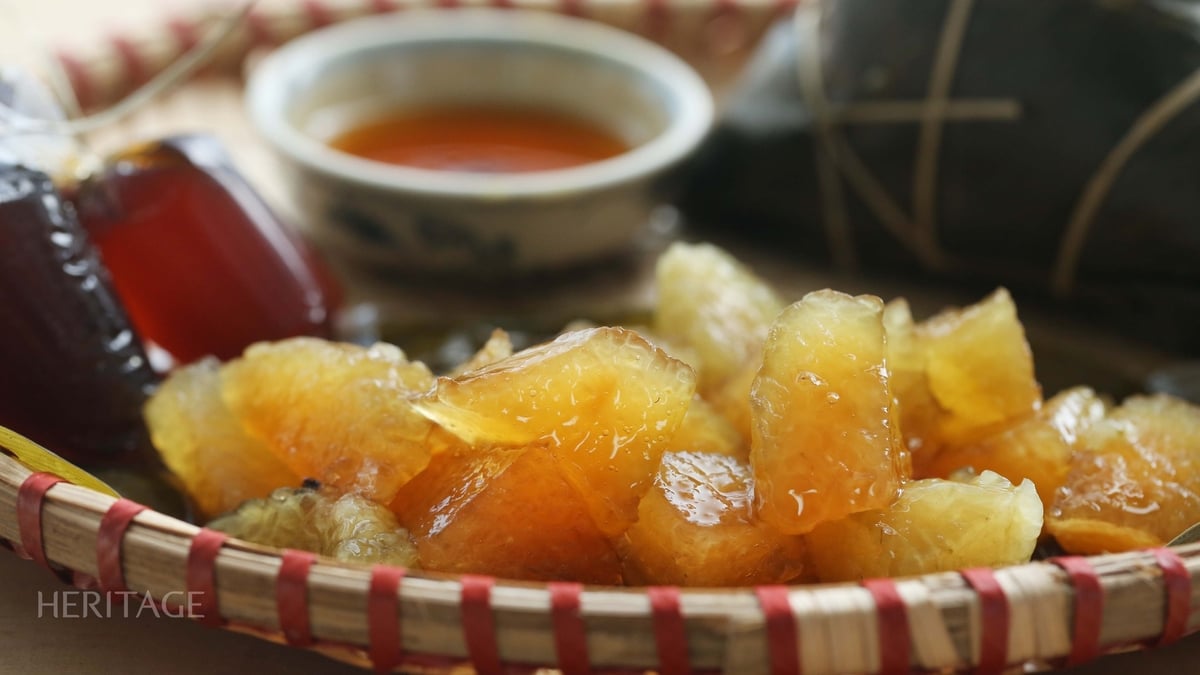
































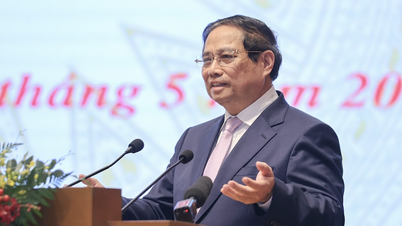











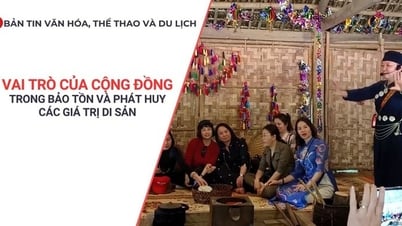
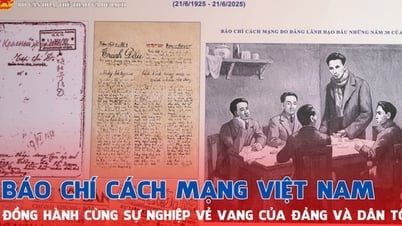
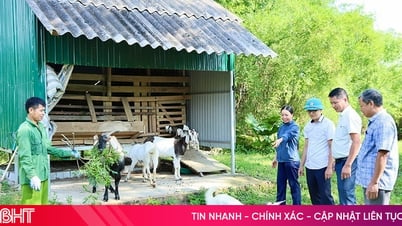





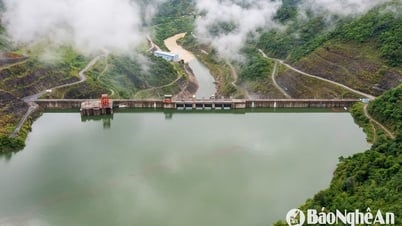














Comment (0)